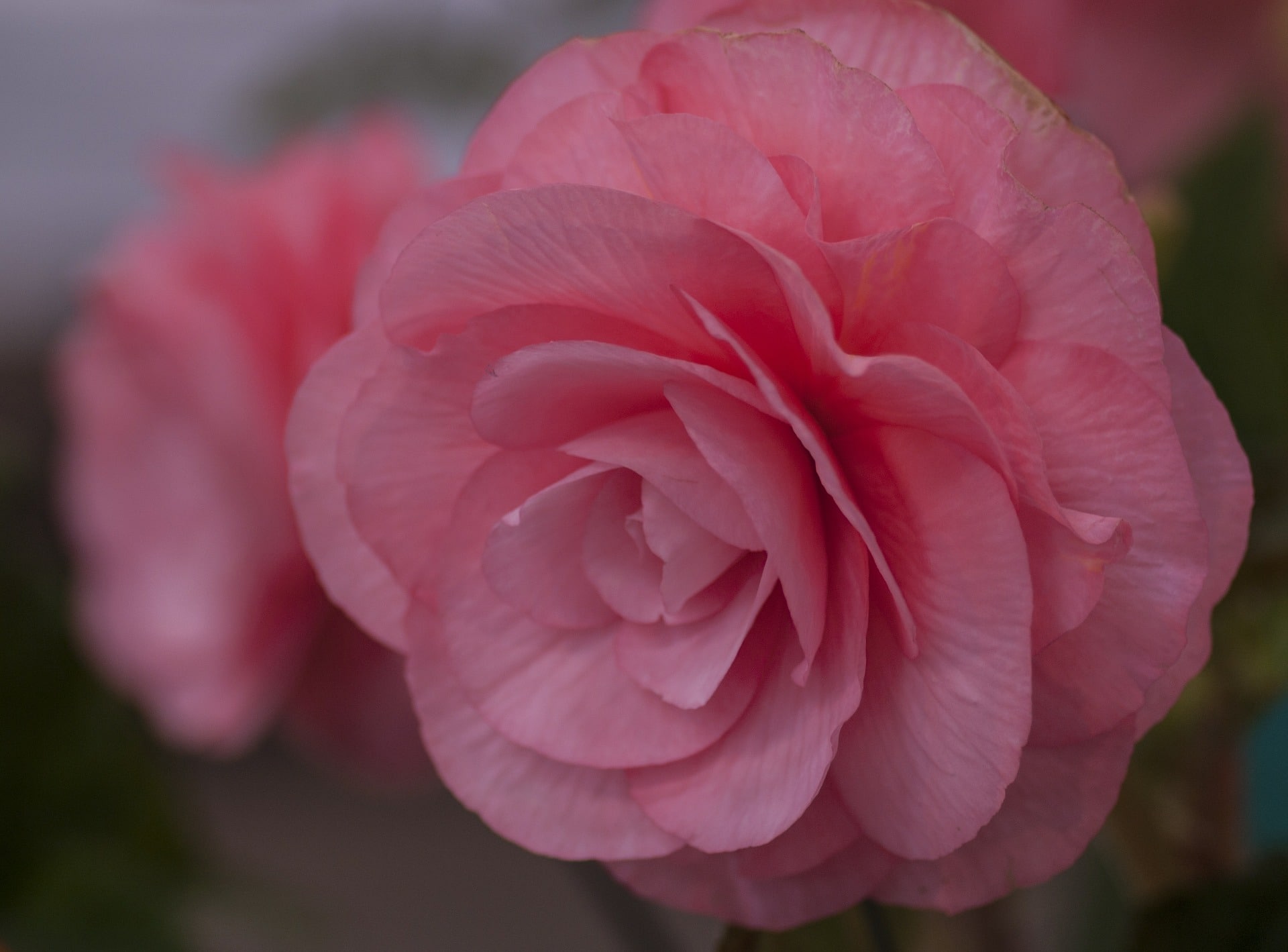Preparation, planting, and maintenance should help you understand how to grow begonias from seed successfully. As dubbed by the University of Vermont Extension, this easy houseplant is beginner-friendly, so you shouldn’t be intimidated in propagating it from seeds. Additionally, you can use a greenhouse for starting begonias from seeds to ensure that they’ll get the ideal growing conditions without fluctuations.
Remember that seeds, regardless of plant type, can be tricky to start with because they are vulnerable to damages from unpredictable conditions. However, you can benefit from beginning begonias from seeds because selections’ options to grow are extensive. Propagating begonias from seeds is also an effective yet affordable option, especially if you have existing plants to get your seeds from.

How To Grow Begonias From Seed Easily
Preparation
Like collecting calibrachoa seeds, you only need to check for seed pods when the begonia flowers begin to dry. Harvest the pods before they split open, which you can do by yourself over a piece of paper. This way, you can fold the paper into a funnel and pour the seeds onto a container.
Leave the seeds for a week to dry further and use two papers to separate chaff and seeds. If you don’t have existing plants to get your seeds from, you can always check for reliable sources. The American Begonia Society recommends using the seed fund if you’re already a member.
Planting
Using seeds is a convenient way to get new species of begonias. However, you want to delay sowing until March because starting early can prevent stem growth as the seedlings focus on tuber formation. You can avoid this drawback in productivity by using a greenhouse to ensure that the climate and light are optimal for their growth.
For planting begonia seeds, remember to use clean and new seedling trays. Disinfect the trays beforehand to prevent fungal diseases and only use sterile seed-starting potting soil. However, indoor cultivation of begonias can use a soilless mix as recommended by the University of Vermont.
Please do not cover the seeds with soil when you sow them over the medium and make sure they have some spacing. Instead, cover the tray with clear plastic to keep the environment sterile and maintain moisture and humidity. Depending on the variety, the begonias will germinate from weeks to months since they have a moderate growth rate.
Some gardeners noticed germination under five days, while others took months to grow.
Maintenance
In the greenhouse, it will also be easy to use a growing light such as fluorescent bulbs to promote robust growth. The American Begonia Society emphasizes bright light as a requirement to create healthy seedlings for transplanting and successful maturity. The recommendation for light is to have them on for 14 hours at a distance of 6 inches from the container’s top.
But what temperature is ideal for begonias? Remember that begonias are hardy from zones 8b to 11. Therefore, the perfect temperatures for them would be between 62 to 72°F. Afterward, maintain soil moisture without over-watering, and the best way to do so is by putting water below the tray for the soil to seep.
What about fertilizing? You can feed the begonias occasionally with dilute soluble fertilizer in addition to using a potting mix when starting. Later on, move the seedlings to their individual plug trays when they grow two or three true leaves.
When To Transplant Begonias From Seeds
Your hard work from preparation, planting, and maintenance will go in vain if you don’t study the specifics in transplanting begonias. As mentioned earlier, the growth of true leaves is a sign that you can transplant begonias. However, be gentle in lifting the plants and separating them apart.
Like all plants, it’s crucial to get your begonias acclimated to the weather first. Start by letting your seedlings stay outdoors for a few hours per day, increasing time when the temperatures are warmer with nights above 50°F. If your plants didn’t show signs of struggling, you could plant them in the garden with partial shade without the risk of transplant shock.
Common Problems In Growing Begonias From Seed
Using a growing light should prevent the development of leggy seedlings. On the other hand, gardeners who forgot about sterilizing the seeds and planting materials run the risk of algae growth on their begonias. Lastly, proper watering should help you avoid drying out and damping off, so always check the soil moisture every day.
Conclusion
Begonias are one of the best beginner-friendly plants that you can have in the garden. But if you want to have different begonias from time to time, you want to learn how to grow begonias from seed. Preparation, planting, and maintenance should help you ensure success until transplanting.
Start by collecting seeds or buy them from a reliable source, and then use a sterile tray with seed-starting potting soil. You can also use a greenhouse to maintain the ideal growing conditions such as temperature and growing lights for your begonias. Afterward, you can slowly harden your seedlings before transplanting them in the garden after the danger of frost has passed.
Overall, proper management practices should prevent common problems such as damping off, drying out, algae growth, and leggy seedlings. Make sure to check your begonias’ conditions and ensure that you’re consistent with their optimal growing requirements.
